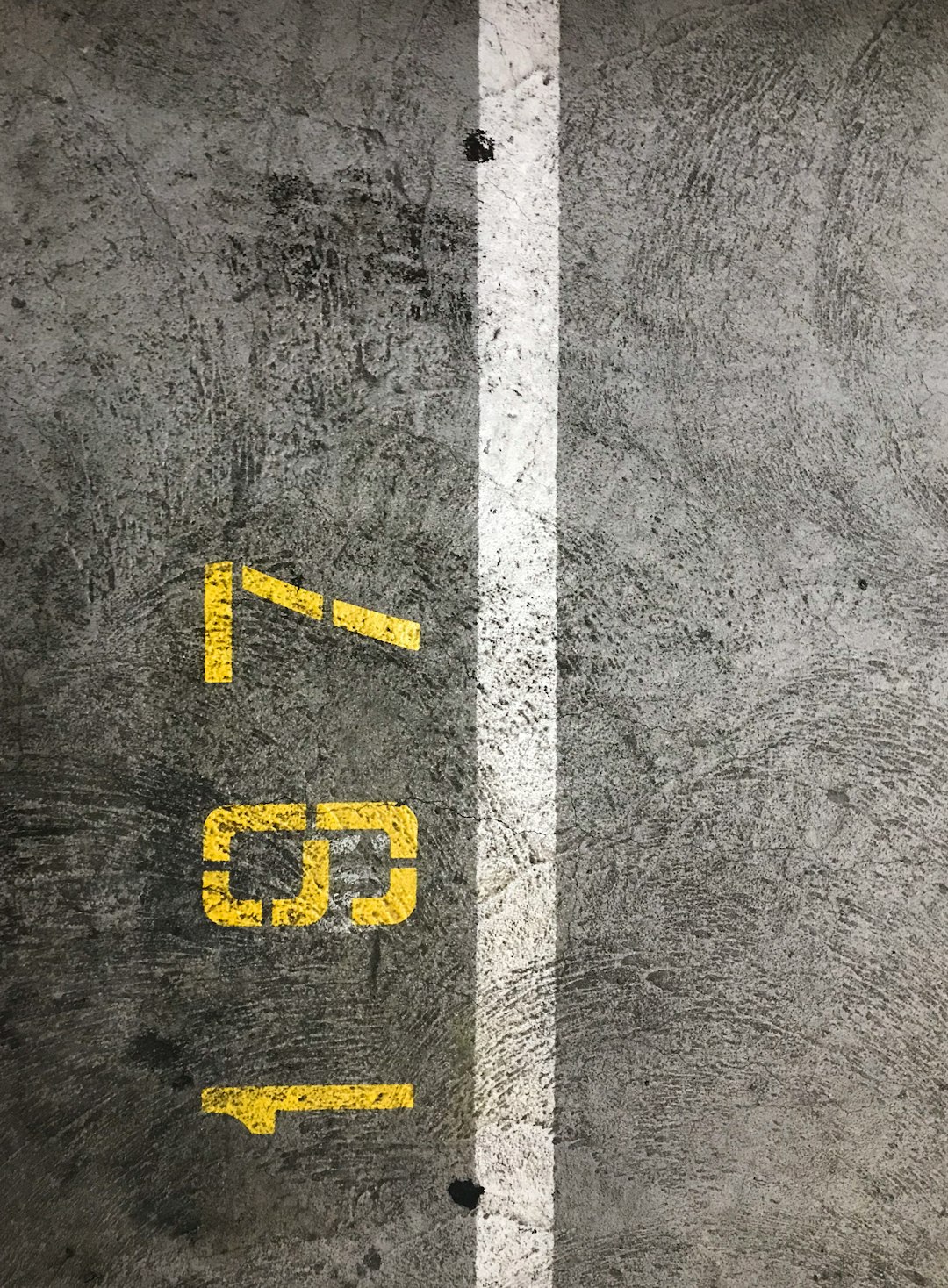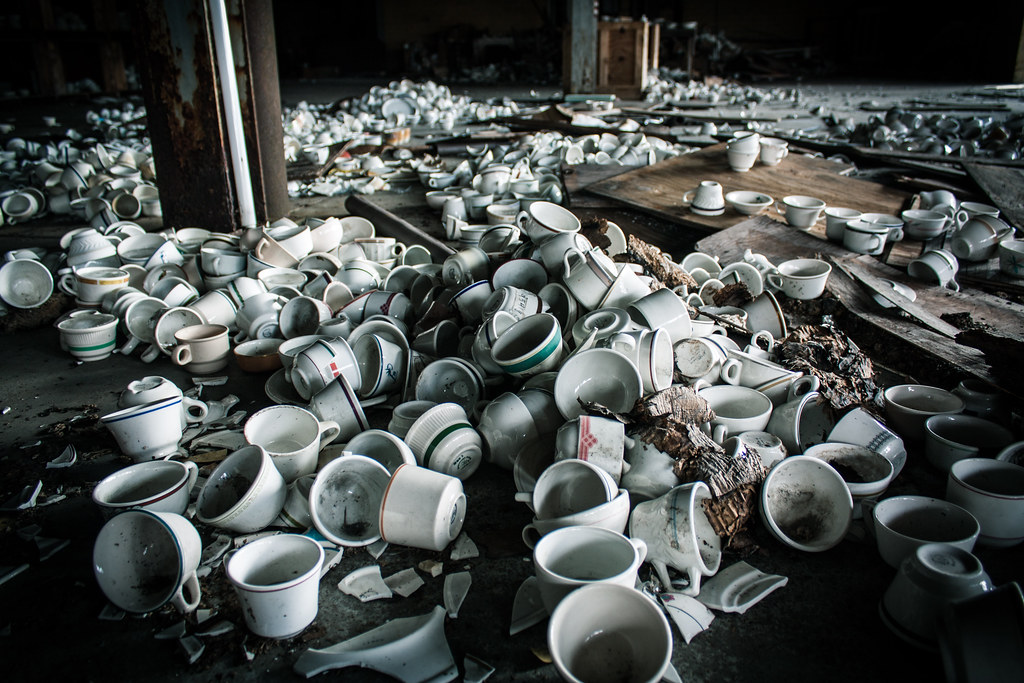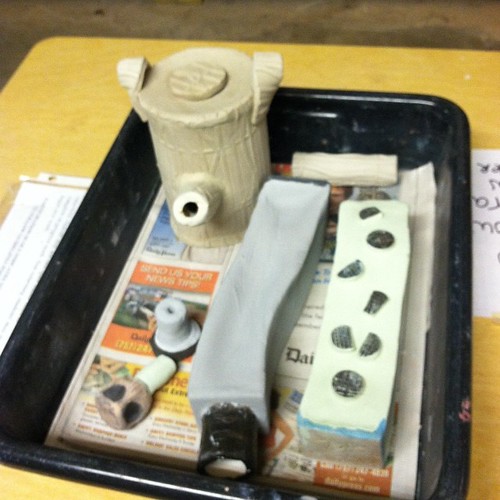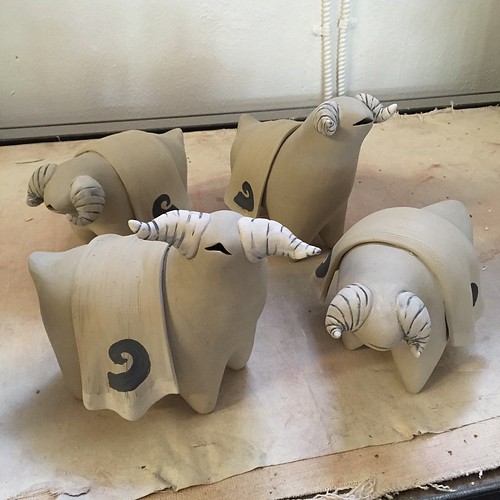Understanding the nuances of cone 07 temperature is vital for potters and ceramic artists keen on achieving the desired results in their kilns. Cones play an essential role in pottery, serving as a critical measure of heatwork—the combination of temperature and time—required to mature glazes and clays effectively. As you navigate the intricacies of ceramic firing, it’s important to consider firing schedules, kiln atmospheres, and specific materials to accomplish optimal glaze and clay maturation.

| Cone Number | Temperature Range (°F) | Characteristic Effect |
|---|---|---|
| Cone 07 | 1789°F – 1803°F | Ideal for bisque firing and low-fire white glasses |
| Cone 06 | 1828°F – 1855°F | Produces bright, glossy colors in glazes |
| Cone 05 | 1888°F – 1915°F | Common for low-fire glazes and underglazes |
Why Cone 07 Matters for Your Projects
Cone 07, melting between 1789°F and 1803°F, is a pivotal point in the firing spectrum, especially within the realm of ceramic projects that require delicate handling. It’s often the go-to for bisque firing and is particularly magical for those working with low-fire white glasses. The charm of Cone 07 includes its perfect balance for artworks that demand precision and subtlety, offering a foundation that can greatly determine the success of subsequent glaze applications.

The Art of Bisque Firing at Cone 07
Bisque firing is more than just a preparatory step—it’s an art form in its own right. Firing clay to Cone 07 typically transforms your raw pieces into a hardened, durable form that’s still porous enough to absorb glazes beautifully. This method ensures the removal of physical water and most chemical water, eliminating weaknesses and stabilizing the structure. At this stage, your pieces are strong yet receptive, perfect for showcasing intricate designs with underglazes or stains before moving on to the final glaze firing.

Exploring Low-Fire Techniques with Cone 07
For many ceramic artisans, low-fire methods are where creativity truly comes alive. Cone 07 is a fantastic choice for achieving vibrant, stable colors. This is the confluence of primed clay bodies and the vivid brilliance of low-temperature glazes. In particular, low-fire white glasses thrive at this cone, showcasing intricate detailing with crispness and a glass-like finish that’s simply mesmerizing.
- Ideal for projects requiring vivid colors without the added intensity of high-temperature firing.
- Fosters techniques like slip trailing and sgraffito, where precision and color contrast are crucial.
- Perfect for educational settings where predictability and safety are paramount.

Balancing the Firing Schedule
Achieving the best possible outcome with Cone 07 involves more than choosing your glaze and clay; it’s about mastering your firing schedule. Take into account the specifics of your kiln’s atmosphere, as it plays an important role in the ceramic outcome. Oxidation or reduction atmospheres can drastically alter the visual qualities of your finished pieces. A controlled heat rise and soak period at peak temperature can influence glaze maturity and surface quality, marking the difference between a vibrant finish and a dull or uneven glaze coat.

Considerations for Kiln Atmosphere
Understanding and manipulating your kiln’s atmosphere is critical, as it affects clay and glaze reactions. An oxidized atmosphere can lead to brighter, more consistent color development in low-fire glazes at Cone 07. Conversely, a reduction atmosphere might not be ideal at this level unless you’re experimenting with special effects.
Firing ceramics is a journey, each cone level offering its unique set of challenges and rewards. Have you experimented with Cone 07 in your projects, or do you have tips and tricks to share about your firing process? Join the discussion in the comments below—let’s learn from each other’s experiences! For more, visit our recent articles.
Glaze Test with Different Firing Temperatures
Understanding the nuances of cone 07 temperature is vital for potters and ceramic artists keen on achieving the desired results in their kilns. Cones play an essential role in pottery, serving as a critical measure of heatwork—the combination of temperature and time that determines the final outcome of a ceramic piece. The video “Glaze Test with Different Firing Temperatures” by Alchemy Ceramic delves into how selecting different firing temperatures, ranging from Cone 4 to Cone 7, can influence the appearance and durability of glazes, providing valuable demonstrations for artists looking to refine their firing techniques.
At What Temperature Does Cone 07 Fire?
Cone 07 typically fires around 1,730–1,745°F (943–952°C). This lower temperature is often chosen for low-fire projects, such as bright underglaze designs or specialty glazes that don’t require the higher heat of mid- or high-fire ceramics. By using Cone 07, you can maintain vivid colors and detailed ornamentation while still achieving a solid, well-bonded surface.
How Hot Does Cone 017 Get?
Cone 017 reaches approximately 1,380°F (749°C), making it much cooler than other common firing cones. This temperature is frequently used for delicate work like overglazes, lusters, or decals, where a gentle heat ensures decorative finishes adhere properly while preserving the underlying glaze or clay body.
At Which Temperature Does Cone 06 Fire?
Cone 06 generally fires between 1,825–1,830°F (996–999°C). It’s a popular choice for low-fire glazes and underglazes, offering a balance of sufficient heat to mature the clay and glaze but still gentle enough to retain intricate detailing. Many potters use it to finalize functional or decorative pieces that emphasize bright color schemes.
Which Firing Range Is Hotter: Cone 06 or Cone 04?
Cone 04 fires slightly higher, around 1,945°F (1,062°C), while Cone 06 is cooler at about 1,830°F (999°C). Many commercial glazes recommend bisque firing to Cone 04—ensuring all carbon and impurities burn out—before glaze firing at Cone 06 to lock in color and finish. This approach helps create a stable foundation during the higher bisque firing and a vibrant glazed surface at the lower glaze firing temperature.
Understanding the nuances of cone 07 temperature is just one step in mastering the art of ceramics. By paying close attention to these temperature guidelines, you can ensure that your pieces come out exactly as envisioned, with the perfect balance of strength and finish. Remember, every kiln and environment can slightly affect the outcome, so always keep experimenting and refining your technique.
Stay Connected and Keep Creating!
I'd love to see your progress and share more tips and tricks on ceramic firing. Make sure to follow us on Instagram for the latest updates, inspiring projects, and a supportive community of fellow artists. Let’s continue this creative journey together!
